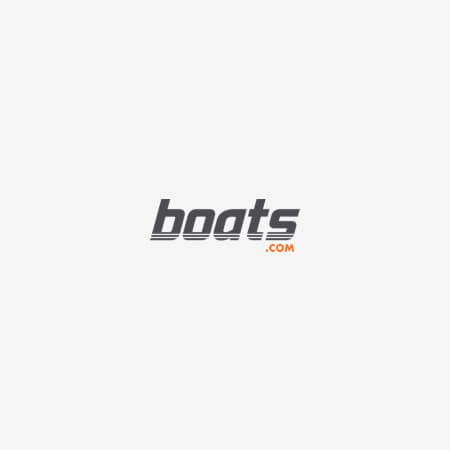Oregon to Provide 500,000 Salmon Meals to Hungry
PORTLAND The bounty of this year's abundant hatchery salmon returns will provide the main course for a half-million meals distributed by the Oregon Food Bank this year, the Oregon Department of Fish
PORTLAND — The bounty of this year's abundant hatchery salmon returns will provide the main course for a half-million meals distributed by the Oregon Food Bank this year, the Oregon Department of Fish and Wildlife announced last week.
ODFW Director Lindsay Ball finalized an agreement on July 18 to turn adult coho returning to Oregon's hatcheries this fall into 400,000 pounds of frozen vacuum-packed fillets ready for grilling, baking or pan-frying.
"This is a great option," Ball said. "We have an opportunity to feed Oregon citizens in need after we have allowed maximum harvest of these fish by sport and commercial interests. We are going to accomplish this while adhering to the Endangered Species Act and protecting our listed fish species."
The Oregon Food Bank will distribute the fillets to more than 700 food share organizations across the state, which will give them to needy families. In 1999, the U.S. Department of Agriculture ranked Oregon sixth in the nation for food insecurity and first in the nation for hunger.
"As our network of agencies confront increases in the requests for food assistance and the loss of some long-time donors in the region, this donation will provide an important source of protein for thousands of families in need," said Rachel Bristol, executive director of the Oregon Food Bank.
The Oregon Department of Fish and Wildlife is able to provide the fish because of the expected 1.7 million hatchery coho returning to Oregon waters for sport and commercial fishing seasons this year, more than double last year's returns. Coho are one of several types of salmon that return from the ocean to Oregon rivers. Favorable ocean conditions and improved freshwater habitat conditions for juveniles increased the return rates for adult salmon this year. All Pacific salmon complete their life cycle by returning from the ocean to the hatchery or stream of their birth to spawn and die.
Needy families aren't the only ones benefiting from this year's salmon abundance. Anglers will have many more opportunities to fish with more liberal seasons. Commercial fishing seasons will be set to intercept hatchery fish and send them to seafood markets throughout the Pacific Northwest. In addition, carcasses of fish unfit for human consumption will be placed in streams to replicate the natural cycle where returning wild salmon die after spawning and recycle ocean nutrients into the stream ecosystem.
Once the predictions for hatchery coho returns were finalized, ODFW biologists developed a plan to take advantage of these fish after meeting hatchery broodstock needs and protecting stocks of wild coho listed as threatened under the state and federal Endangered Species Act. Hatchery-bred coho are not listed under the ESA. Below is a summary of actions planned:
- Expand fishing opportunities: Catch limits and seasons have or will be expanded, and previously closed areas have been or will be opened in the following areas: ocean; Buoy 10 at the mouth of the Columbia River; lower Willamette River; Clackamas River; Eagle Creek; Nehalem Bay; Tillamook Bay; North Umpqua River (pending public review); and Rogue River (pending public review).Wherever possible, fish that return to hatcheries early in the run will be trapped and trucked downstream to give anglers additional fishing opportunities. In addition, a new law passed this year allows anglers to purchase additional tags to harvest more than 20 salmon a year.
- Fish sales: About 40,000 hatchery coho and fall chinook will be sold during a competitive bid process for seafood markets.
- Stream enrichment: About 17,000 carcasses will be placed in Oregon streams to benefit fish habitat and the aquatic food web while complying with Oregon Department of Environmental Quality specifications.
- Food share: About 140,000 coho from Big Creek, Bonneville, Cascade, Nehalem, Sandy, Trask, Bandon, and Cole Rivers hatcheries will be given to Oregon Food Bank. The fish will be processed in accordance with federal food handling guidelines by American/Canadian Fisheries, Inc., a company based in Bellingham, Wash. American/Canadian will provide all the staff and equipment at no charge to ODFW and the food bank in exchange for the opportunity to market by-products of the filleting process in international markets.









